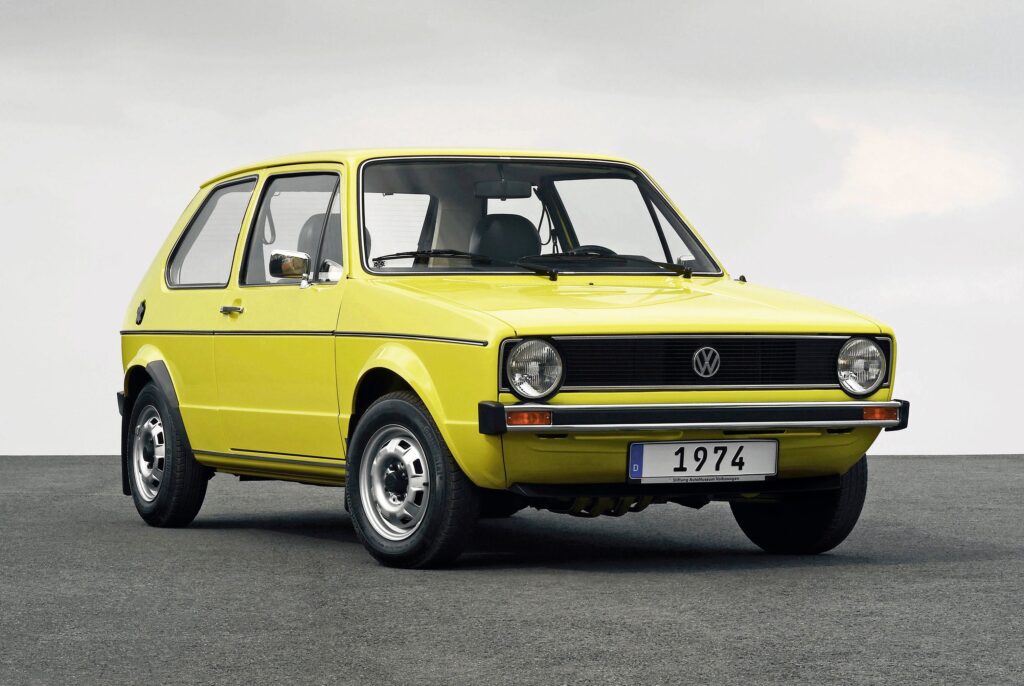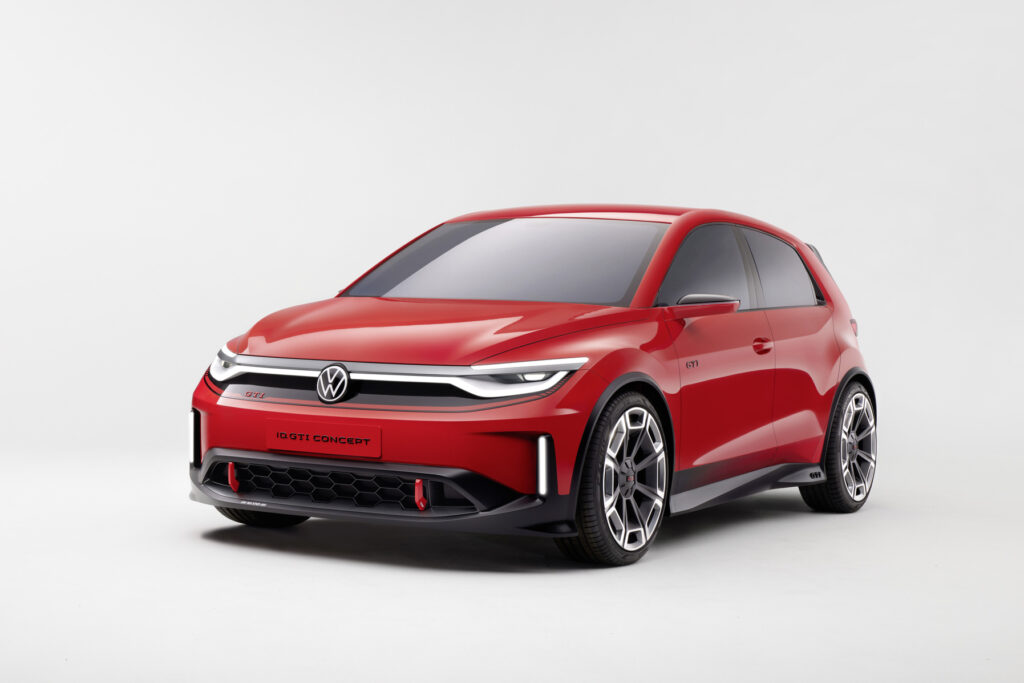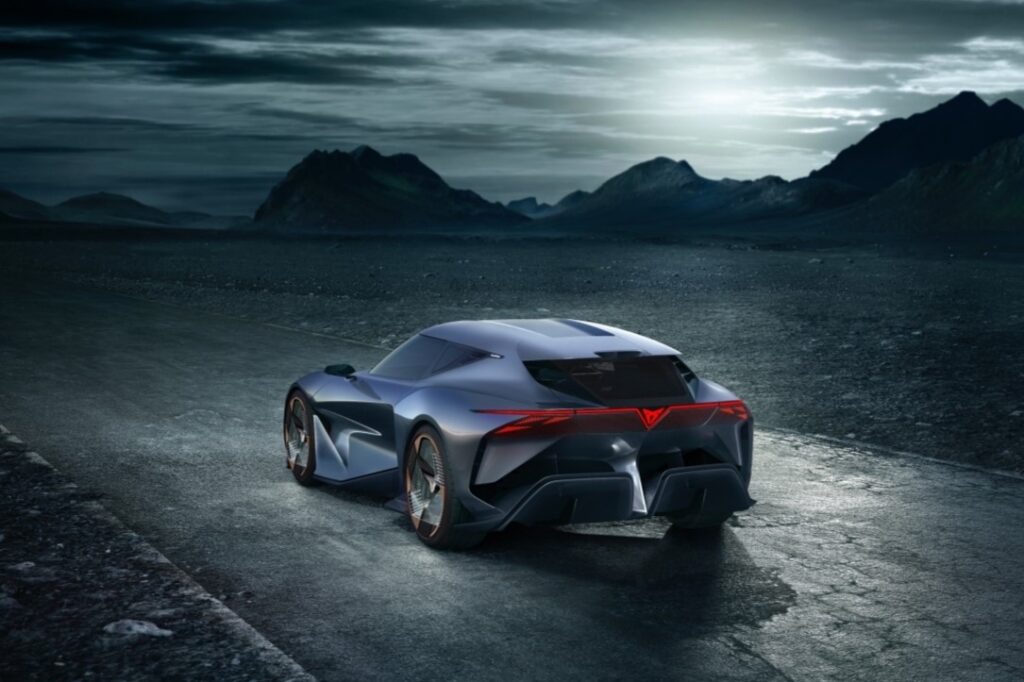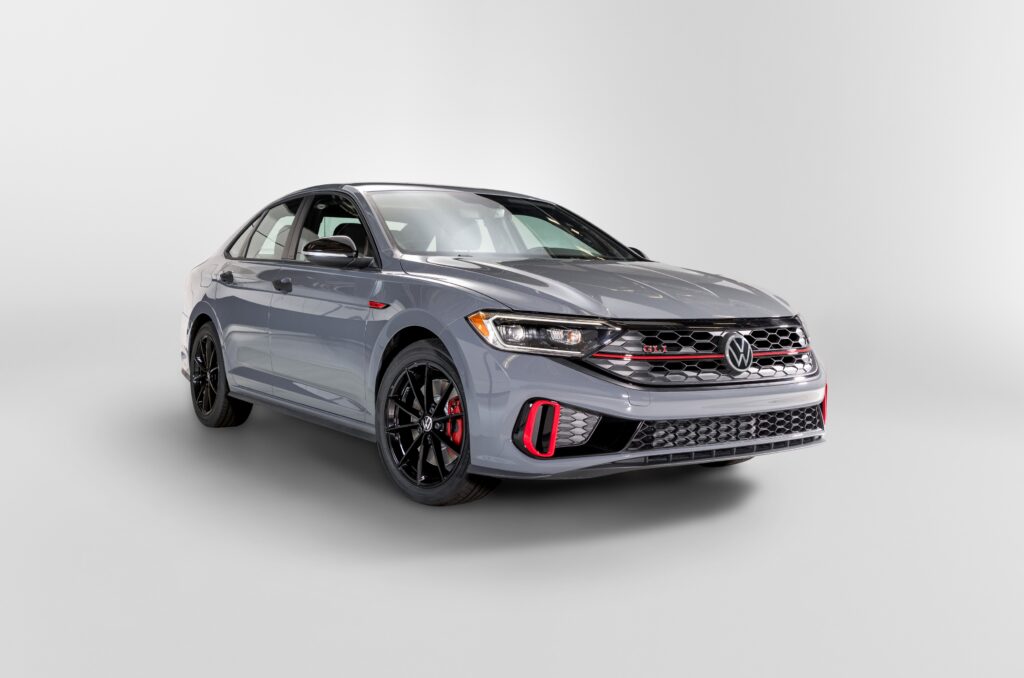
LAS VEGAS/WOLFSBURG (January 8, 2024) — At CES 2024, the world’s leading electronics trade fair held January 9 – 12, Volkswagen will present the first vehicles in which the artificial-intelligence-based chatbot ChatGPT is integrated into its IDA voice assistant. In future, customers will have seamless access to the constantly growing artificial intelligence database in all Volkswagen models equipped with the IDA voice assistant1 and have researched content read out to them while driving. Cerence Chat Pro from technology partner Cerence Inc. is the foundation of the new function, which offers a uniquely intelligent, automotive-grade ChatGPT integration. Volkswagen will be the first volume manufacturer to offer ChatGPT as a standard feature from the second quarter of 2024 in many production vehicles. Continue reading








